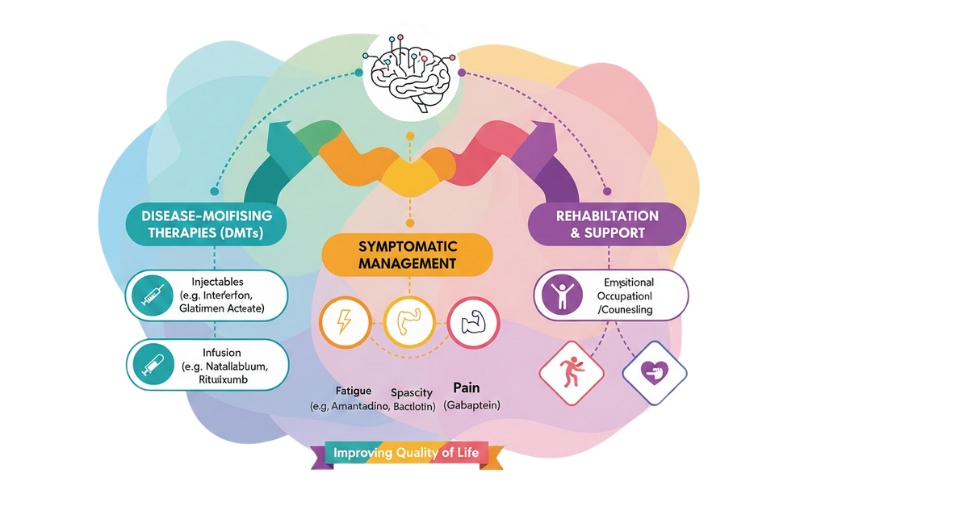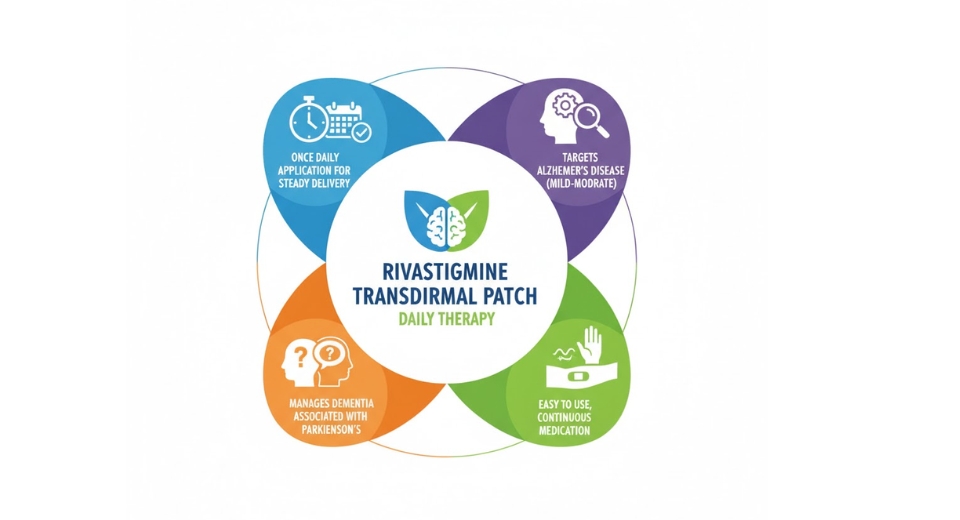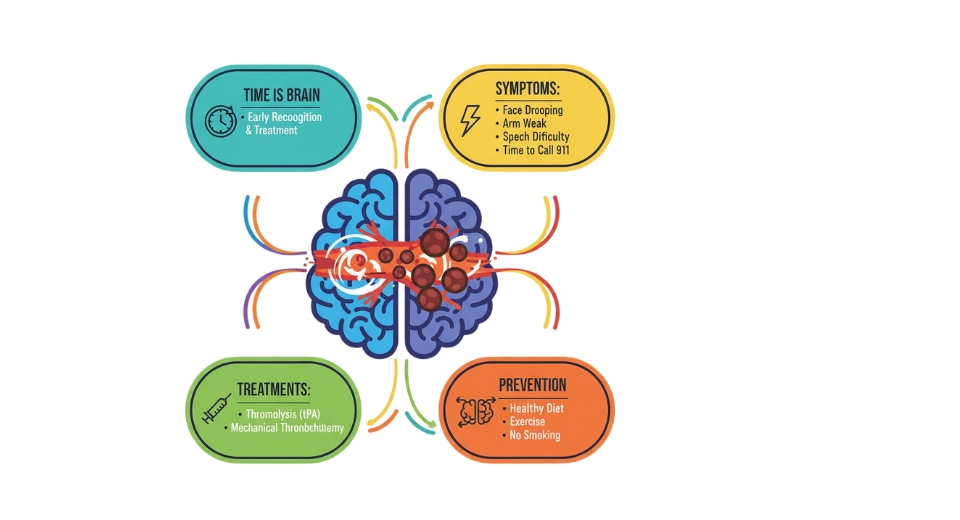Market Definition
Bionic eye, electrical prosthesis surgically implanted into a human eye to help blind person to see even the basics of light, movement, and shape. The bionic eye is a visual prosthesis that restores the vision fully or partly in blind person suffering from retinitis pigmentosa and macular degenerations.
Global bionic eye market is estimated to reach $XX million by 2027, growing at a CAGR of 13.4% till 2027.
Market Dynamics
Rising cases and prevalence of ophthalmic diseases is one of the key factor boosting the market growth. For instance, according to the American Academy of Ophthalmology, the number of people living with macular degeneration is around 196 million worldwide by 2020 and increase to 288 million by 2040. In 2020, glaucoma account for 60 million cases of people experiencing vision loss worldwide. Around 11 million people in the United States have age-related macular degeneration. The number is expected to double to nearly 22 million by 2050. The risk of advanced age-related macular degeneration increases from 2% for those ages 50-59, and 30% for those over the age of 75. According to the European Society of Retina Specialists, The leading cause of irreversible blindness and severely impaired eyesight is age-related macular degeneration (AMD). Age-related macular degeneration (AMD) is expected to affect 77 million Europeans by 2050. According to the Australian Institute of Health and Welfare, about 411,000 Australians had cataract and 244,000 had macular degeneration in 2018. Further, increasing collaboration with university, research institutes and market players for the development of bionic eye is a key driving factor of the market. For instance, Monash University has built a system through which blind people would be able to see again. According to them, it is the world's first bionic eye. The bionic eye 'Gennaris bionic vision system' works by bypassing damaged optic nerves and allow signals to be transmitted from the retina to the vision centre of the brain. However, high research and development costs might hamper the market growth. Moreover, increasing funding for the development of bionic eye would provide lucrative opportunities for the market in coming years.
Market Segmentation
The global bionic eye market is mainly classified based on type, technology, and end users. Type is further segmented into External Eye and Implanted Eye. By technology, the market is divided into Electronic and Mechanical. By end users the market is further divided into Hospitals, Clinics, and Others.
Based on type, external eye segment was dominating the bionic eye market in 2020 owing to the rising funds for the development of external bionic eye, collaboration between companies and research institutes for the development of external bionic eye and technological advancement in external bionic eye. For instance, Second Sight Medical Products, a leading developer, and marketer of implantable visual prosthetics, has received U.S. Food and Drug Administration (FDA) approval for the Argus 2s Retinal Prosthesis System, a redesigned set of external hardware initially for use in combination with previously implanted Argus II systems for the treatment of retinitis pigmentosa (RP). The Argus 2s will be adapted to be the external system for the next generation Orion Visual Cortical Prosthesis System.
Regional Analysis
Based on geography, the global bionic eye market is divided into North America, Europe, Asia-Pacific, South America, and Middle East & Africa. North America is further divided in the U.S., Canada, and Mexico, whereas Europe consists of the UK, Germany, France, Italy, and Rest of Europe. Asia-Pacific is segmented into India, China, Japan, South Korea, and Rest of Asia-Pacific. The South America region includes Brazil, Argentina, and the Rest of South America, while the Middle East & Africa is categorized into GCC Countries, Egypt, South Africa, and Rest of Middle East & Africa.
North America was dominating the bionic eye in 2020 due to the increasing cases of age-related macular degeneration, launch of technologically advanced bionic eye, increasing investment for the development of bionic eye, regulatory approval of bionic eye and increasing approval of clinical studies for bionic eye. For instance, Pixium Vision, a company developing innovative bionic vision systems, has received the approval from the US Food and Drug Administration (FDA) to begin the clinical study for PRIMA, Pixium Vision’s new generation miniaturized wireless photovoltaic sub-retinal implant, in patients with Atrophic Dry Age-related Macular Degeneration (AMD).
Competitive landscape
Key players operating in the bionic eye industry include Bionic Vision Technologies, PIXIUM VISION, Nano Retina Ltd., MetaModal LLC, Monash Vision Group, Retina Implant AG, Second Sight, and Nidek Co. Ltd.
The rising clinical studies for bionic eye, strategic acquisitions to intensify the bionic eye portfolio and expanding its geographical presence, collaboration between companies, universities, and research institutes for the development of bionic eye and increasing investment for the development of bionic eye are some of the strategies adopted by the major players. For instance, Bionic Vision Technologies (BVT) has raised A$23.5 million from two Hong Kong organizations to develop its next generation devices aimed for restoring vision to the blind. Bionic Vision Technologies (BVT) funding from China Huarong International Holdings and State Path Capital will be used to manufacture devices and begin a human clinical trial of ‘bionic eye’ implant in patients with the inherited degenerative eye condition called retinitis pigmentosa.
Bionic Eye Market Key Segments:
By Type
- External Eye
- Implanted Eye
By Technology
- Electronic
- Mechanical
By End Users
- Hospitals
- Clinics
- Others
Key Global Bionic Eye Industry Players
- Bionic Vision Technologies
- PIXIUM VISION
- Nano Retina Ltd.
- MetaModal LLC
- Monash Vision Group
- Retina Implant AG
- Second Sight
- Nidek Co. Ltd.
What Report Provides
- Full in-depth analysis of the parent Industry
- Important changes in market and its dynamics
- Segmentation details of the market
- Former, on-going, and projected market analysis in terms of volume and value
- Assessment of niche industry developments
- Market share analysis
- Key strategies of major players
- Emerging segments and regional growth potential








 US: +1 3023308252
US: +1 3023308252






